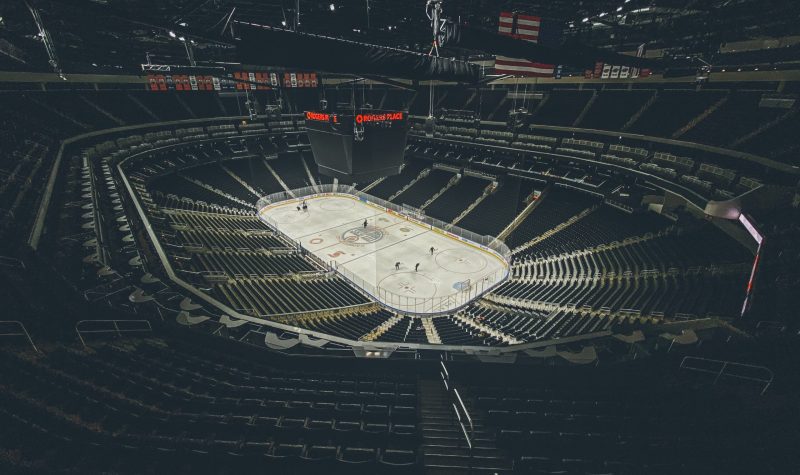By Casey Dobson
With the Isobel Cup wrapped up, all eyes can now turn to the future of women's hockey in North America. While it may seem clear that the NWHL's 2022 season is the next step, it's the longterm future that's in question. This is due to the continued existence of two separate organizations claiming to be the future of the sport: the PWHPA and the NWHL.
Currently, the The Professional Women's Hockey Players Association (PWHPA) has around 175 members. This includes some of the top players like Kendall Coyne-Schoffield and Marie-Phillipe Poulin. The organization has boycotted playing in any league until their demands are met. Instead, they have gone on their Dream Gap Tours. These are barnstormer-style events across the States and Canada. Players showcase their skills in exhibitions, do community engagement and run youth clinics for local girls.
They’ve recently gone on the second iteration of the tour, with games being broadcast on national networks. Speaking on this second tour, Jayna Hefford admits that they would have loved for the Dream Gap Tour to only be a one year event. But she adds that imagining their demands could be met within a year was unrealistic from the outset. Hefford, who oversees the PWHPA, says her organization is heading in the right direction.
As for the National Women's Hockey League (NWHL), they’ve been making changes to their operations so as to stay viable, especially since the ending of the CWHL. These moves have included the increased salary cap as well as splitting media and sponsorship deals 50/50 with their athletes. Players who chose to play in the NWHL say they see it as the most viable path to play professional hockey.
Boston Pride’s head coach Paul Mara sees women’s hockey riding a wave of momentum. He credits this wave's start to the US Women’s National Team winning the 2018 Olympics. Mara followed it up by saying that he sees players choosing not to play as sad, especially since they’re sitting out in hopes for something that is currently unattainable.
In terms of where the two sides are at with each other, things are pretty cut and dry. Both organizations share a goal of a viable pro league for female hockey players, one where they can make a living wage. But this is where the agreements end. Both have the same destination in mind, they just have entirely opposing ideas on how to get there.
Hefford says her organization doesn’t see the NWHL as a competitor, just another party involved in the same business. Knowing this is the point of view, from the top of the organization down, helps explain the friendships that exist between players in both the PWHPA and the NWHL. As for the top of the NWHL for that matter, things are far less friendly.
Miles Arnone, the lead investor behind the ownership group of the Boston Pride, has been quoted as saying that the PWHPA’s objective was to obliviate the NWHL. To eliminate it and to cause it to fold. Despite in depth research, CJRU could not find any evidence to support Arnone’s statement.
Hefford stands firm in her organization’s desire to see everyone have the opportunity to succeed in the ways they want. But they don’t see it as a competition piece, despite the fact that a lot of people do.
To hear more, listen to the segment below. This is the final story the four-part series on women’s hockey. Note that the interviews below were recorded prior to the Isobel Cup where The Boston Pride became the 2021 champions, defeating the Minnesota Whitecaps 4-3 on March 27. The Pride had faced the Toronto Six in the semi finals, winning that matchup 6-2, while the Whitecaps had to get past Buffalo in their semi final, which they did by a score of 7-0. The Pride hoisted the Cup despite entering the second iteration of the NWHL bubble as the lowest seeded team.


